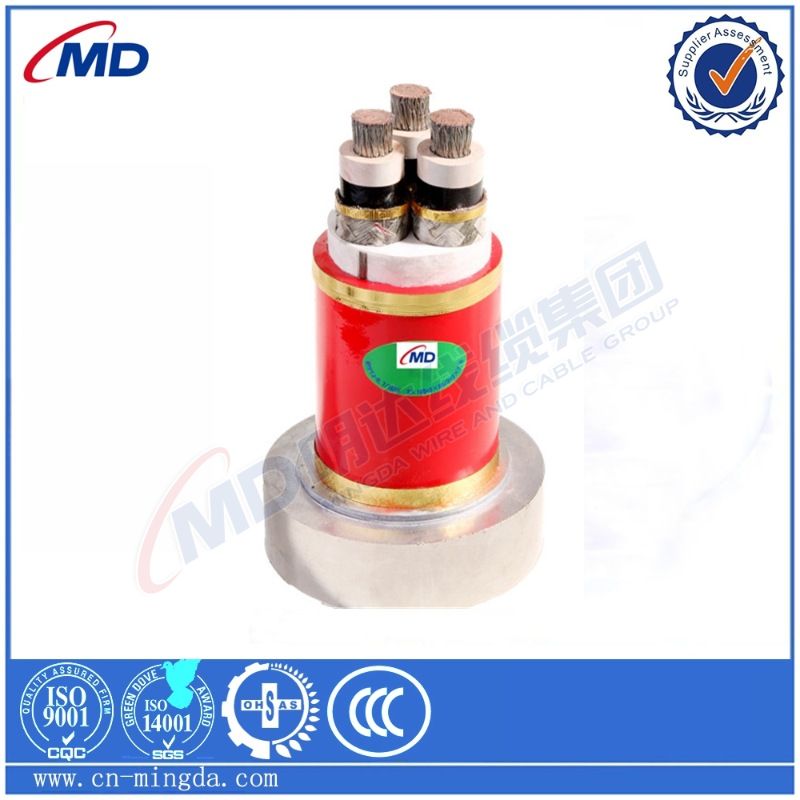ડીસેમ્બર . 12, 2024 23:33 Back to list
Choosing the Right Rubber Check Valve for Your Needs and Applications
Understanding Rubber Check Valves Functionality and Applications
Rubber check valves are essential components in various fluid systems, playing a key role in ensuring the smooth flow of fluids while preventing backflow. These valves, made primarily from rubber or elastomer materials, are designed to allow fluid to flow in one direction only. This article explores the functionality, design, advantages, and applications of rubber check valves.
What are Rubber Check Valves?
A check valve, also known as a one-way valve, is designed to allow fluid flow in a single direction, effectively preventing backflow. Rubber check valves utilize a flexible rubber body and typically feature a flap or disc that opens with forward flow but seals tightly against the seat to block reverse flow. This mechanism is crucial in maintaining system pressure and protecting pumps and other equipment from potential damage caused by backflow.
How Do Rubber Check Valves Work?
The primary operation of rubber check valves hinges on the differential pressure created by fluid flow. When fluid moves in the intended direction, it exerts pressure on the valve flap, causing it to lift and allow flow. Conversely, if there is a reversal in flow direction, the pressure drops, and gravity or back pressure forces the flap back against its seat, creating a seal that stops the reverse flow. This simple yet effective design allows rubber check valves to function without the need for external energy sources or complex control systems, making them reliable and efficient.
Advantages of Rubber Check Valves
1. Flexibility and Durability Rubber check valves are made from elastomers that can absorb vibrations and flex under pressure changes. This property makes them durable and suitable for various applications, including those involving high temperatures and corrosive fluids.
2. Lightweight Design Compared to metal check valves, rubber options are lighter and easier to handle, which simplifies installation and maintenance.
3. Cost-Effectiveness Rubber check valves are generally more cost-effective than their metal counterparts. They require less material and can often be produced at lower costs, making them a popular choice for many industrial applications.
rubber check valve

5. Quiet Operation Unlike some metal valves that may generate noise when closing, rubber check valves operate quietly, reducing the impact of hydraulic shocks in the system.
Applications of Rubber Check Valves
Rubber check valves are utilized in a variety of industries and applications, including
1. Water and Wastewater Management In municipal water systems, rubber check valves help prevent backflow that could contaminate potable water supplies. They are also used in wastewater treatment facilities to manage flow and prevent reverse flow.
2. Pumping Systems In various pumping applications, rubber check valves protect pumps by preventing reverse flow that could lead to pump damage or cavitation.
3. Irrigation In agricultural settings, these valves are crucial for irrigation systems, ensuring that water flows to crops without backflow that could lead to flooding or system failure.
4. Aquaculture Rubber check valves are used in aquaculture systems to maintain optimal water levels and prevent the backflow of contaminants.
5. Chemical Handling The chemical resistance of rubber allows for safe handling of various chemicals in industrial processes, making these valves suitable for use in chemical plants.
Conclusion
Rubber check valves are a vital component in managing fluid flow in numerous applications. Their unique combination of flexibility, durability, and cost-effectiveness makes them indispensable for industries ranging from water management to chemical processing. As technology advances and new materials are developed, the versatility and efficacy of rubber check valves will continue to evolve, ensuring their place in modern fluid dynamics for years to come. Understanding their function and application will help professionals in various fields select the right valve for their needs, ultimately leading to more efficient and reliable systems.
Share
-
Reliable Wafer Type Butterfly Valves for Every IndustryNewsJul.25,2025
-
Reliable Flow Control Begins with the Right Ball Check ValveNewsJul.25,2025
-
Precision Flow Control Starts with Quality ValvesNewsJul.25,2025
-
Industrial Flow Control ReliabilityNewsJul.25,2025
-
Engineered for Efficiency Gate Valves That Power Industrial PerformanceNewsJul.25,2025
-
Empowering Infrastructure Through Quality ManufacturingNewsJul.25,2025